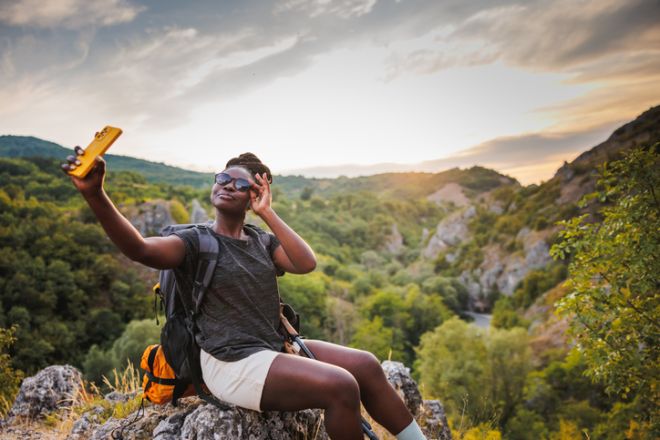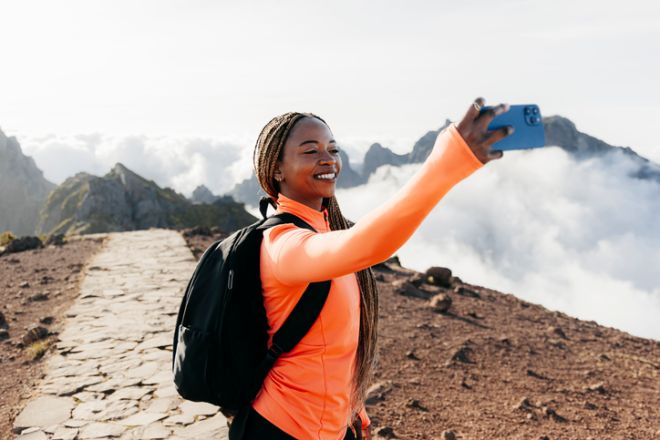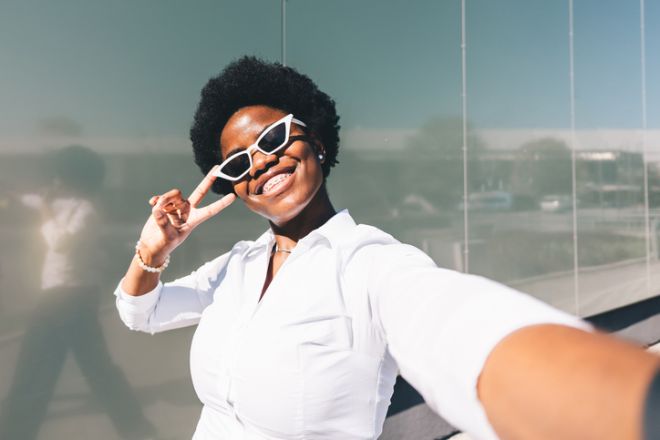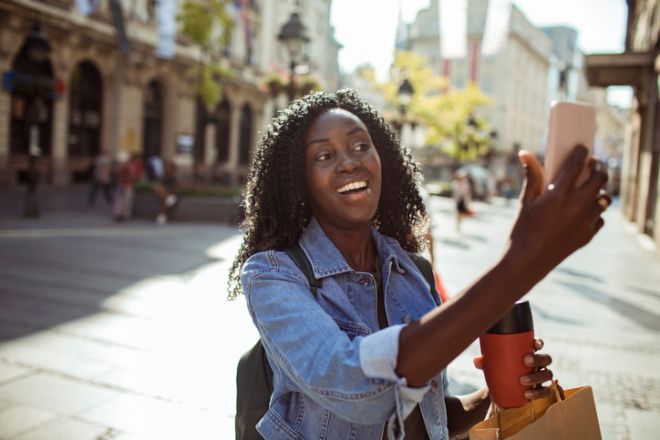Top 10 Most Dangerous Countries To Take a Selfie, Ranked
Clout Over Caution—The World’s 10 Most Deadliest Selfie Hotspots

With the rise of social media platforms like Instagram and TikTok, the pressure to capture breathtaking and daring selfies has reached new heights, sometimes with deadly consequences. A recent global study has identified the countries where selfie-taking is most dangerous, based on reported deaths and injuries.
Here Are The Top 5 Countries Where Taking A Selfie Can Be Fatal:
RELATED CONTENT: National No Makeup Day: 7 Black Celebs Who Aren’t Afraid To Show Off Their Natural Beauty

According to a new study published by The Barber Law Firm this month, the New York Post ranked the top 10 locations around the world where taking a selfie can result in critical injuries. India topped the list by a wide margin, accounting for over 42% of all selfie-related incidents worldwide. A total of 271 casualties were reported, with 214 resulting in death. Experts attribute this alarming figure to the country’s dense population, easy access to high-risk locations like cliffs and railway tracks, and a strong social media culture that encourages bold content.
The U.S. came in at No. 2, but with significantly fewer incidents. The 45 dangerous selfies reported, including 37 deaths and eight injuries, many of which occurred in national parks or at high-altitude landmarks, where people attempt risky poses to get a selfie.
Russia took third place with 19 incidents. Despite lower numbers than India or the U.S., the country has seen its share of fatal selfies in extreme environments, from skyscrapers to speeding trains.

Pakistan reported 16 deaths from selfie-related incidents, all of them fatal, placing it fourth on the list. Australia took the fifth spot with 15 incidents. Tourists and thrill-seekers in scenic yet dangerous spots like cliffs and coastal edges contribute to the risk.
Rounding out the top 10 most dangerous countries for taking selfies are Indonesia, with 14 reported incidents, followed by Kenya, the United Kingdom, Spain, and Brazil, each with 13 casualties. While these numbers are lower than those in the top five, they still highlight a concerning global trend of risky behavior driven by social media influence.
Falling Accounted For Most Of The Selfie-Related Deaths Found In The Barber Law Firm Study

Globally, the most common cause of selfie-related deaths is falling, accounting for 46% of all incidents. Whether from rooftops, mountains, or other high structures, falls remain the deadliest outcome of risky selfies. The desire to go viral continues to push people into dangerous situations. An expert from The Barber Law Firm warns that social media validation often trumps common sense, leading individuals to prioritize dramatic content over their own safety, a trend also seen in the rise of hazardous TikTok challenges.
“Our research highlights a troubling trend where the pursuit of social media validation is literally costing lives. The perfect photo simply isn’t worth the danger,” Kris Barber, Founder and Principal Attorney of The Barber Law Firm, told the New York Post on Aug. 25.“What’s particularly concerning is that most of these tragedies could have been avoided by taking a few steps back or finding a safer vantage point.”
So, the next time you think about taking that risky selfie, think twice and exercise caution. It could very well be your last photo.
RELATED CONTENT: New Rival App TeaOnHer Stirs Backlash—And Now Both Dating Platforms Are Facing Data Breaches







